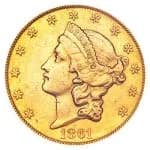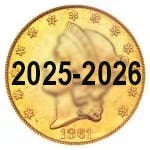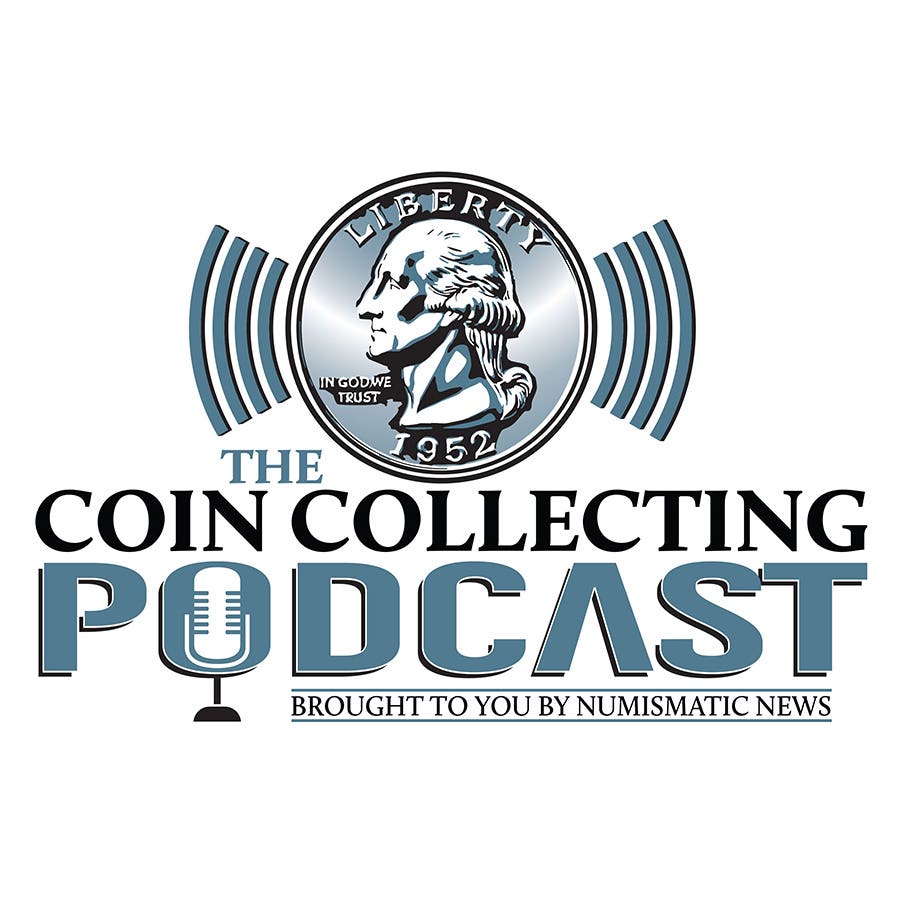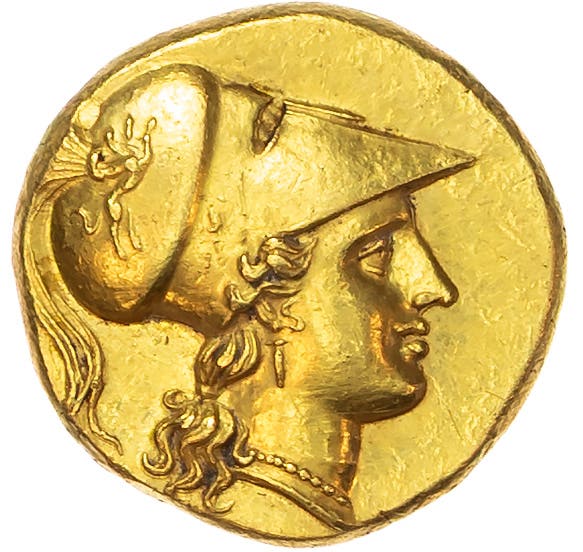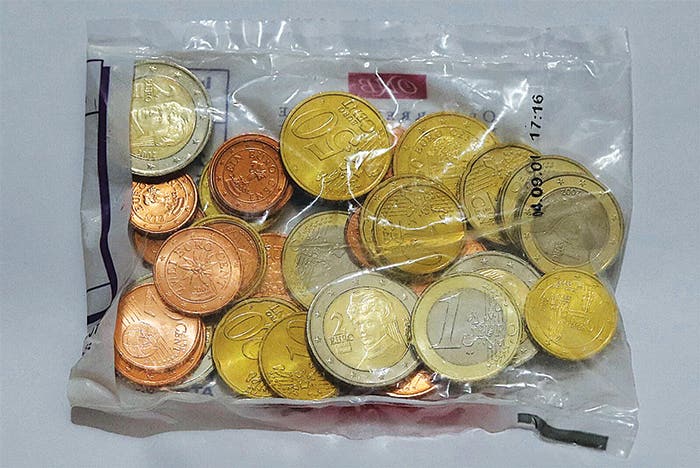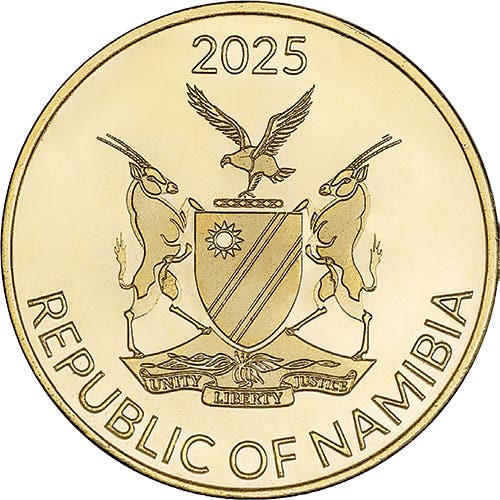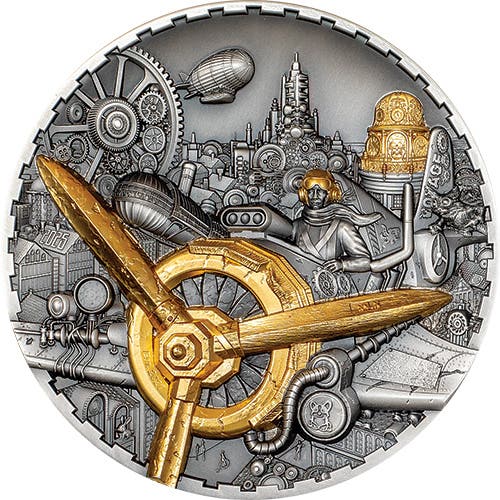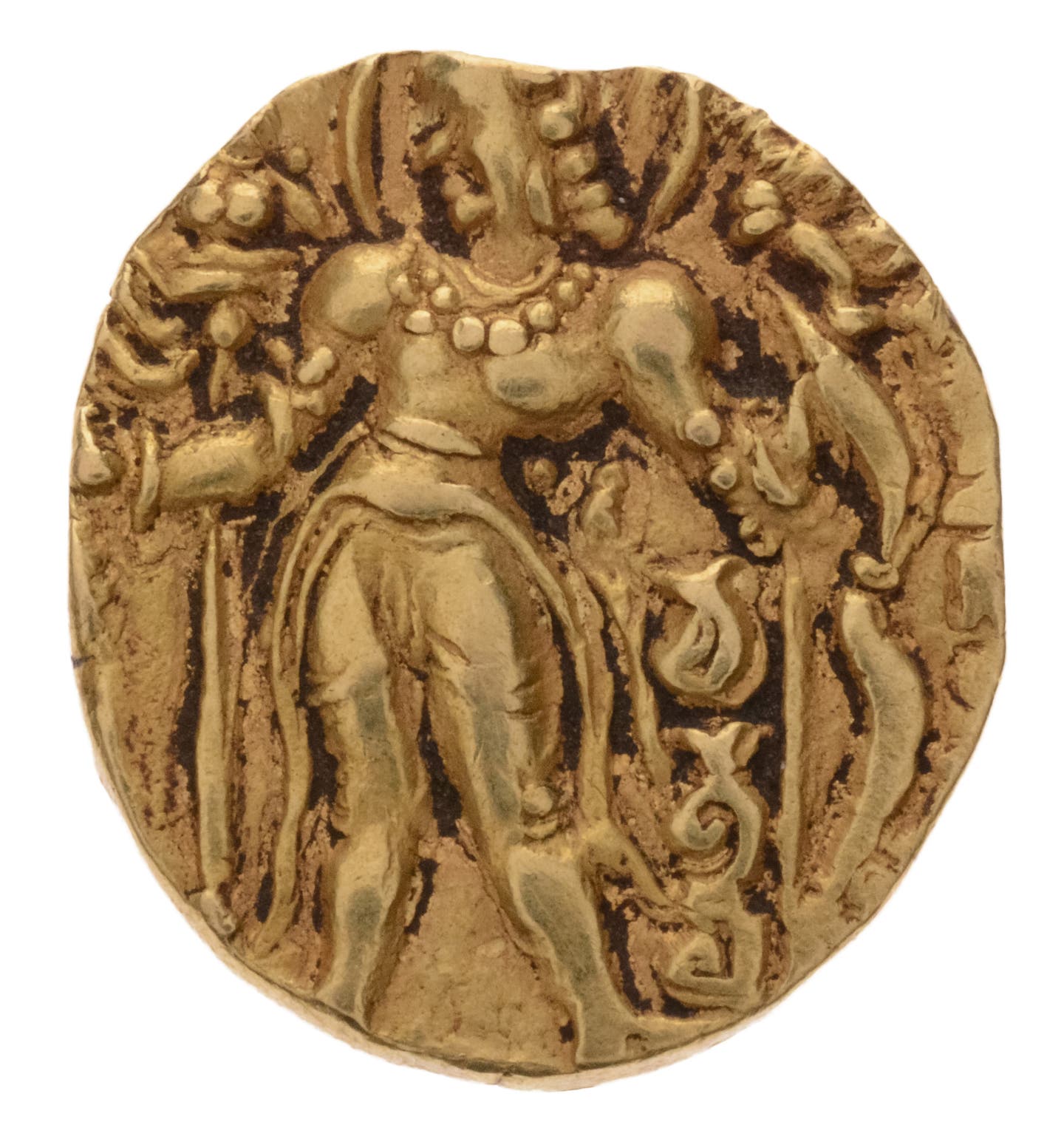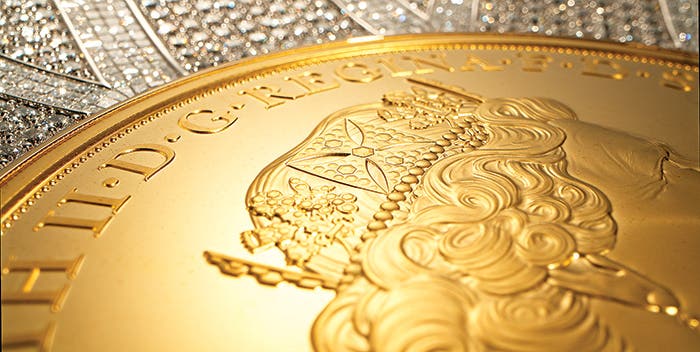The Ibero-American Coins Series: Part 2
Part 2 of the Ibero-American coin series continues the exploration of international cooperation in Numismatics.
Continuing with the chronological study where we left off, the seventh coin series, launched in 2007, was dedicated to the participation of Ibero-American countries in the Olympic Games. Nine countries issued coins reflecting this topic.
Like in previous series, a variety of Portuguese official coins were struck using .500 silver. The respective obverses portrayed either athletes and sports in which each country had excelled in recent Olympic competitions or motifs allusive to the games. All coins displayed the year “2007” except the Mexican specimens, which were struck the following year. The series was completed with a medal struck in Spain showing a relay race on the obverse.
The eighth series was launched in 2010 and involved nine participating countries. It is particularly attractive because it is dedicated to historical Ibero-American coins that once circulated in these territories. The images of the old coins are engraved on the respective obverse.
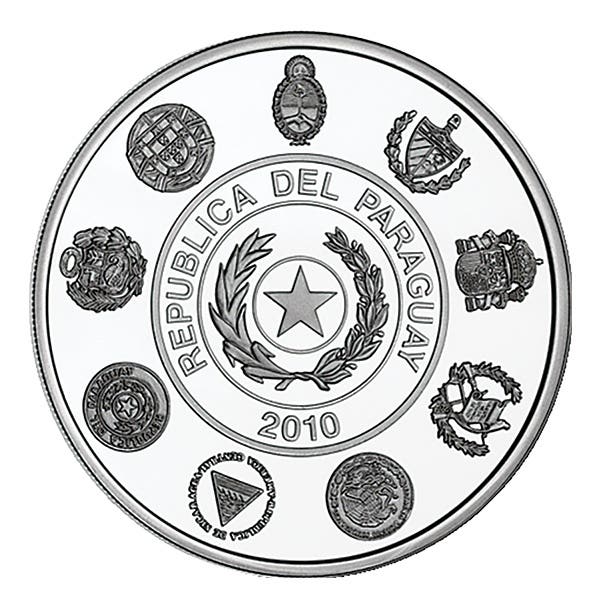
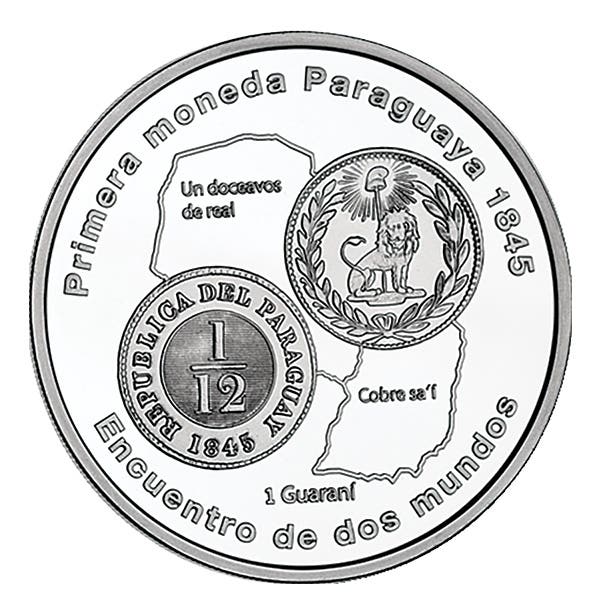
Like in previous editions, a variety of Portuguese official coins were struck using .500 silver. The obverse of the accompanying medal depicts a coin press, with maps of Central and South America on one side and those of Spain on the other. It reminds us of the wide circulation on both sides of the Atlantic Ocean that some of these coins enjoyed. This was the case for the famous 8-real coin, nicknamed the peso. This nickname was later given to the monetary units of several of these nations (Argentina, Cuba, and México).
The ninth series commemorated the 20th anniversary of this coin project (1992–2012). Nine countries issued the corresponding coins, while Portugal also produced a second variety in .500 silver.
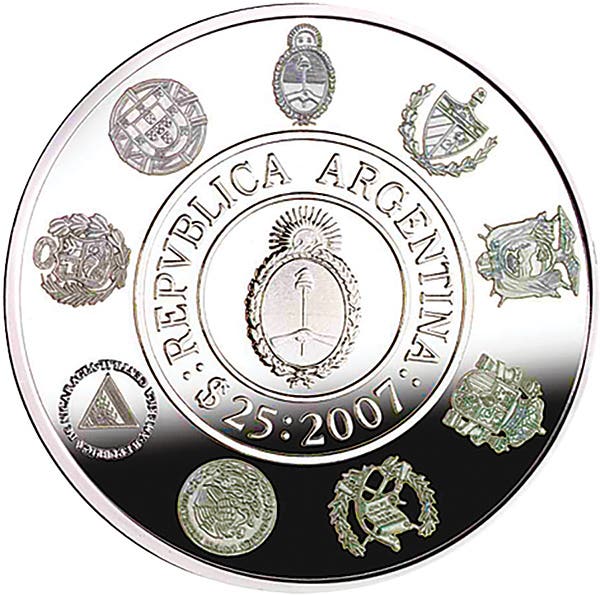
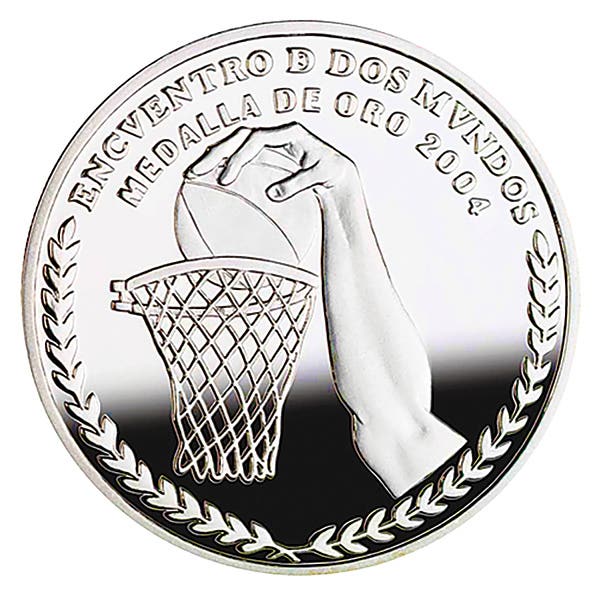
Interestingly, some countries chose a design for the obverse that integrated previously produced engravings from preceding series. The design of the Mexican coin was rejected by its Congress on April 27, 2012. Hence, only a medal with no face value was made.
The series was completed with another medal struck by Spain that highlighted the relationships among all Ibero-American countries with a depiction of two hands from each side of the Atlantic Ocean.
The tenth edition of the “Ibero-American” series was issued in 2015 and consisted of nine coins struck by the participating nations, as well as one medal produced by Spain. The series served to emphasize the importance and preservation of the cultural heritage of the member nations.
Prior to this variation, the coin specifications previously followed a module of 8 reales for all the coins and medals struck. An innovative element was introduced with this series, and has been maintained in all those produced to date, in that the metrics were now based on 4-real colonial coins. Consequently, all successive coins and medals weigh 18.5 grams of .925 silver and have a diameter of 33 millimeters.
Apart from the official coin of the series, Portugal produced another piece identical to the former but struck using a copper-nickel alloy. Also included in the series was a commemorative medal struck by Spain with the new metrics. The reverse of the medal depicts the nine coats of arms of the participating nations, while pre-Columbian motifs are displayed on the obverse.
The eleventh “Ibero-American” series introduced a further innovation. Starting with this edition and continuing to the present, the obverses are colored. Nine countries launched these coins in 2017 to celebrate the wonders of nature.
Apart from its official coin, Portugal struck a variety thereof using .500 silver. The series was completed with an uncolored medal. While the official series consists of colorized coins, non-colored varieties have also been made available to collectors.
The twelfth “Ibero-American” series was launched in 2020 during the COVID pandemic, which reduced the usual number of nations to a total of seven. The obverses depict historical trains that were once in use in the respective countries.

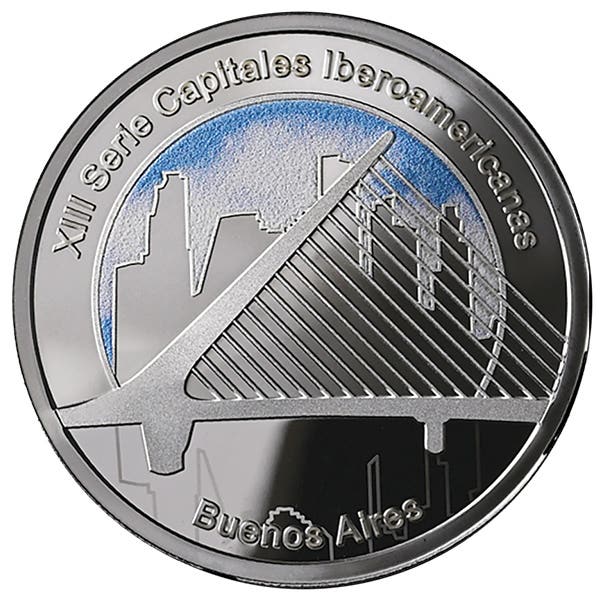
The series consisted of seven colored coins and an uncolored medal. The latter's obverse displays a composition alluding to the train as a means of connection. Unlike the rest of the coins, the Peruvian and Guatemalan specimens were launched a year earlier, in 2019. Portugal also produced a variety of its coins using .500 silver.
The thirteenth edition, and latest, “Ibero-American” series was issued in July 2024. It was dedicated to the beauty of Ibero-American capitals.
It consists of eight colored coins plus an uncolored medal. Coins lacking color have also been released for collectors, and Portugal has produced a variety of its official coins with copper-nickel alloy.
More than three decades have lapsed since the launch of the first “Ibero-American” series. Since its inception, the project has proven to be a great success and a fine example of international numismatic cooperation. The coins are hoarded immediately after every release, and nowadays, it is difficult to find some of the first series. With this success, perhaps a new member of the saga will soon be announced?
This article is part two of a study on the “Ibero-American” coin series that has been issued since 1992. Read pages 50–53 in the World Coin News July 2025 issue for part one, or read it here: The Ibero-American Coins Series: Part 1
You may also like:

